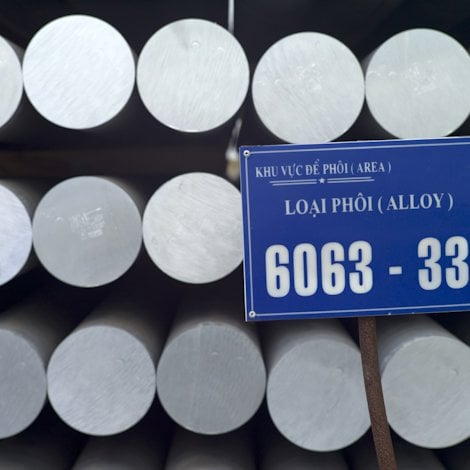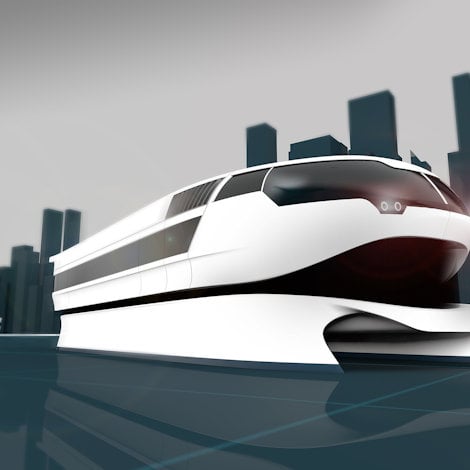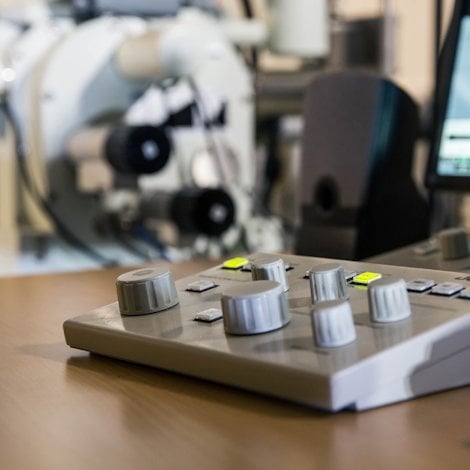What aluminium alloys are best for bicycle frames?
Weight and stiffness are factors that affect the performance of a bicycle. The 6061 aluminium alloy is traditionally used in the extrusion of tubes for bicycle frames, because it suits the application. But it could be possible to achieve even lighter frame weight for a lighter bike, and optimize your production process as well, with an alternative alloy.
The 6061 alloy, which is alloyed with magnesium and silicon, is an excellent choice when welding is required, as is the case with bicycle frames. It provides stiffness, structural strength and toughness, good corrosion resistance and good machining characteristics.
Technically speaking, the 6061 alloy, in the EN 755-2 standard and T6 state, can achieve tensile strength of >260 MPa and yield strength of >240 MPa.
Removing a step from the manufacturing process of bicycle frames
Let’s look at the traditional manufacturing process of an aluminium bicycle frame with the 6061 alloy, since this alloy is most commonly used for this application.
- Extrusion of an aluminium tube. The thickness of the tube, and consequently its weight, is defined according to the geometry of the bike frame, the maximum mechanical expected loads, and the minimum mechanical properties that the alloy can achieve.
- Annealing. The extruded tubes are annealed to increase their capability to be deformed without breaks, increasing the material elongation, A, to a higher level than the extruded tubes without annealing. The extruded profiles normally have an elongation of around 10-15%, but after the annealing process, this elongation could achieve around 25%.
- Butting and/or hydroforming. The tubes of the frame, once annealed, are shaped through butting or hydroforming to obtain their final geometry. Before reaching their final geometry, these tubes may suffer up to 60% deformation, and for this reason, several production cycles of annealing/butting could be necessary. Newer bicycles have more and more complex geometries that require a material with a high grade of deformation without failure. With a higher strength alloy, the intermediate annealing processes before the butting procedure might not be necessary.
- Welding. The components of the frame are joined through welding to make the complete frame.
- Post-weld heat treatment and ageing. A result of the welding process is that mechanical properties decrease in the heat-affected zones. To recover these properties, the frame must be thermally treated. This thermal treatment must include solution annealing, quenching and ageing.
- Surface treatment. After thermal treatment, the frames are painted to obtain the desired aspect.
A lighter bicycle frame with reduced aluminium thickness
Removing aluminium to lighten the frame of the bicycle, while still achieving the strength and the mechanical properties and characteristics you desire, is probably going to require use of another alloy.
Aluminium companies are continuously developing new alloys by tailoring others, to meet the specific needs of customers in various industries, such as automotive. For manufacturers of bicycle frames, interested in optimizing their processes and lightening their products, such an alloy would require excellent formability and high strength – one designed for manufacturing processes that include an annealing phase before butting or hydroforming.
With such an alloy, the extruded tubes for the frame would have minimum elongation of 25%, which means elimination of the intermediate annealing step, thereby reducing lead time and cost.
In addition, with an optimized chemical composition and metallurgical development, the tailored alloy could offer mechanical properties that surpass the 6061 alloy. After the thermal treatment of solution annealing, quenching and ageing, it could reach 310 MPa in tensile strength and 295 MPa in yield strength.
This would promote the design and production of bicycle frames with lower thicknesses and lower weight – a lighter bike. A bike with a frame different from the others in the market.








